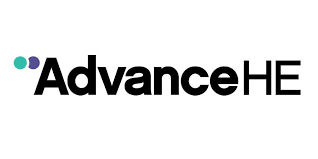Building on our presentation at the Advance HE Teaching and Learning Conference 2022, ‘Rethinking experiential learning for the hybrid workforce: enhancing the digital resilience of students and teachers for 21st century employment competencies’, at this year’s conference we discussed the significance of an increasingly digital and hybrid workforce, which demands that digital competencies be extended in tertiary learning environments to include the needs of increasingly diverse student cohorts (Awang Hashim, Kaur, & Valdez, 2019).
We evaluated complementary debates in the Scholarship of Teaching and Learning, on the role of digital strategies to bridge barriers for student participation in higher education. This included, for example, addressing cultural and language barriers, as well as disability, socio-economic and geographic barriers (Fung, Su, Perry, & Garcia, 2022).
We considered the possibility for poor education technology design and policies to exacerbate barriers, if not managed and mitigated (Stone, 2022).
The aim in teaching for diversity is not to rely on the visibility of that diversity, but rather to build universal methods and interventions that make learning broadly accessible, across the full range of different environments and situations. Today, a range of diversity factors demand universal design principles to ensure no one is disempowered in a learning environment. However, the diversity of student populations, of course, is not the only driver for inclusive practices in our classroom. There is a clear imperative for higher education to also prepare our students for the growing diversity of the workforce.

